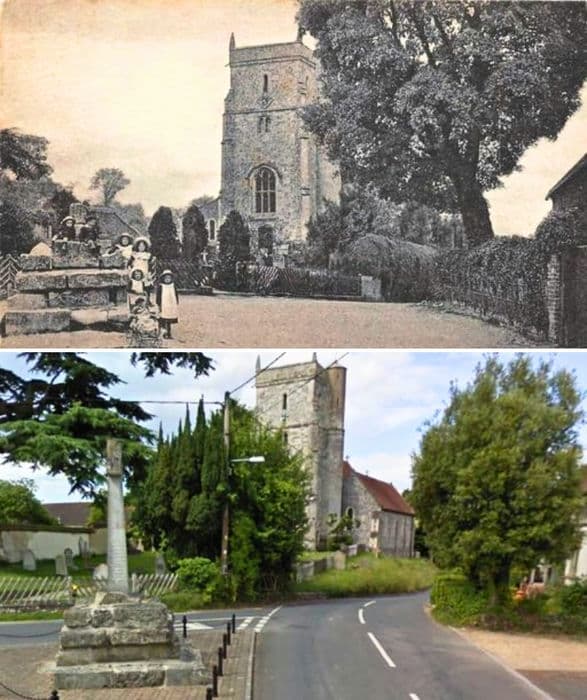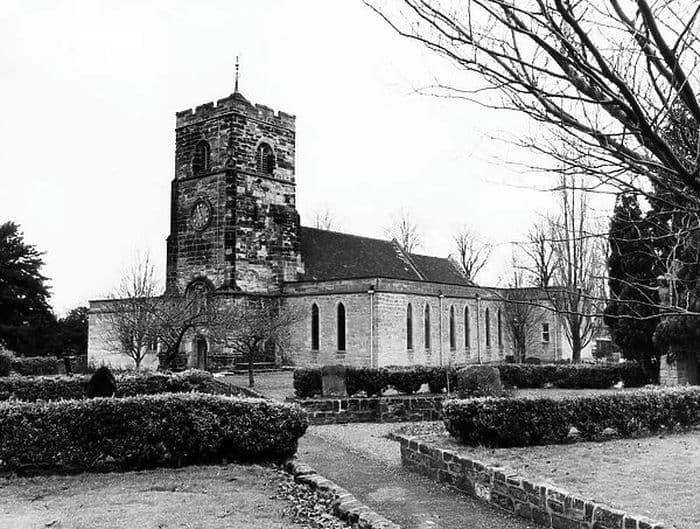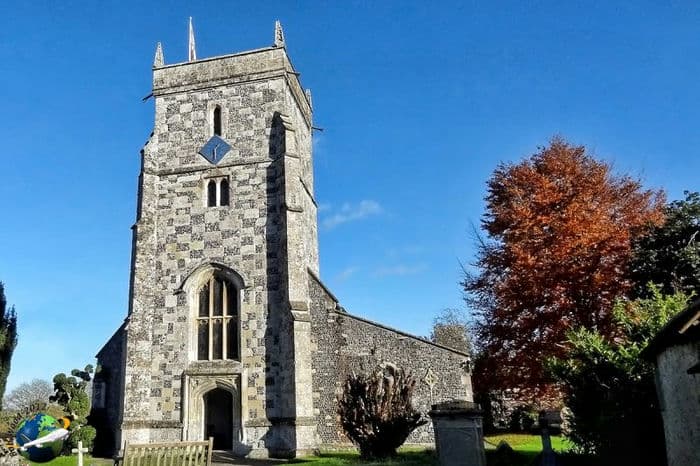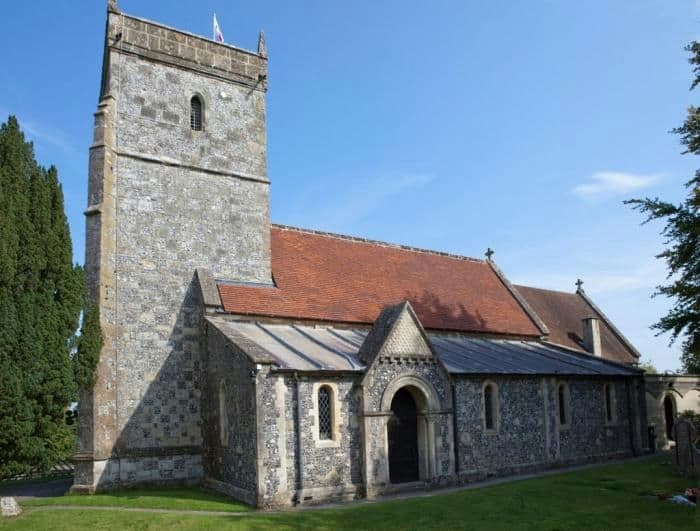A lovely then and now comparison of All Saints Church and stones in Durrington, a village in Wiltshire.
The beautiful Grade 2 listed Village Cross is a War Memorial.

Wiltshire, a county shrouded in ancient secrets, boasts a wealth of historical gems. Among these, the charming village of Durrington offers a captivating glimpse into the past. Here, nestled amidst idyllic meadows and the flowing River Avon, lies All Saints Church, a testament to enduring faith, and the enigmatic Durrington Stones, whispering tales of a bygone era. Step back in time, explore the village’s rich heritage, and delve into the mysteries that linger within its boundaries.
5 Must-See Gems Around All Saints Church & Exploring Durrington:
- All Saints Church: Undoubtedly the heart of the village, All Saints Church boasts a rich architectural heritage. Explore the church, dating back to the 12th century with later additions, and admire its Norman doorway, charming bell tower, and peaceful atmosphere. All Saints Church offers a tranquil escape and a window into the village’s religious history.
- Durrington Stones: A short walk from the church lie the Durrington Stones, a prehistoric monument shrouded in mystery. Dating back around 4,500 years, these impressive standing stones are even older than Stonehenge and hint at a thriving Neolithic settlement in the area. Explore the stones, imagine the lives of those who erected them, and ponder the purpose of this remarkable monument.
- Avebury Henge and Stone Circles: Venture a little further afield to discover the Avebury Henge and Stone Circles, a UNESCO World Heritage Site. Explore the largest stone circle in Europe, marvel at the towering Silbury Hill, and delve deeper into the mysteries of Wiltshire’s Neolithic past. Avebury offers a chance to stand amongst these ancient stones and contemplate the ingenuity of their creators.
- West Kennet Longbarrow: Complete your prehistoric adventure with a visit to the West Kennet Longbarrow, a Neolithic burial mound located near Avebury. Explore this impressive chamber tomb, learn about the funerary practices of the Neolithic people, and gain a deeper understanding of their beliefs and rituals.
- The River Avon: For a relaxing escape, stroll along the scenic banks of the River Avon. Enjoy a peaceful walk or picnic by the water, watch the wildlife, or even hire a boat and explore the river at your own pace. The River Avon offers a tranquil escape and a chance to connect with the natural beauty of the Wiltshire countryside.




Frequently Asked Questions:
- When is the best time to visit Durrington? Durrington offers a charming escape year-round. Spring (April-May) and autumn (September-October) offer pleasant weather for exploring, while summer (June-August) boasts longer days and lively events at nearby attractions. Winter (November-March) provides a peaceful atmosphere for a solitary exploration of the village and stones.
- How do I get to Durrington? Durrington is a small village located near Amesbury in Wiltshire. The nearest train station is in Salisbury, from where you can take a bus or taxi to the village.
- What else is there to do in the area? Wiltshire boasts a wealth of historical attractions beyond Durrington. Explore the magnificent Longleat House and Safari Park, delve into the mysteries of Stonehenge, or visit the charming market town of Marlborough.
- Is Durrington suitable for families? Yes! Durrington offers a peaceful and safe environment for families. The church and stones are fascinating to explore, and the River Avon provides a lovely spot for a picnic or walk.
- Can I walk amongst the Durrington Stones? While you can’t walk directly amongst the stones for preservation purposes, a well-maintained public footpath allows for close-up viewing and exploration of the surrounding landscape.
